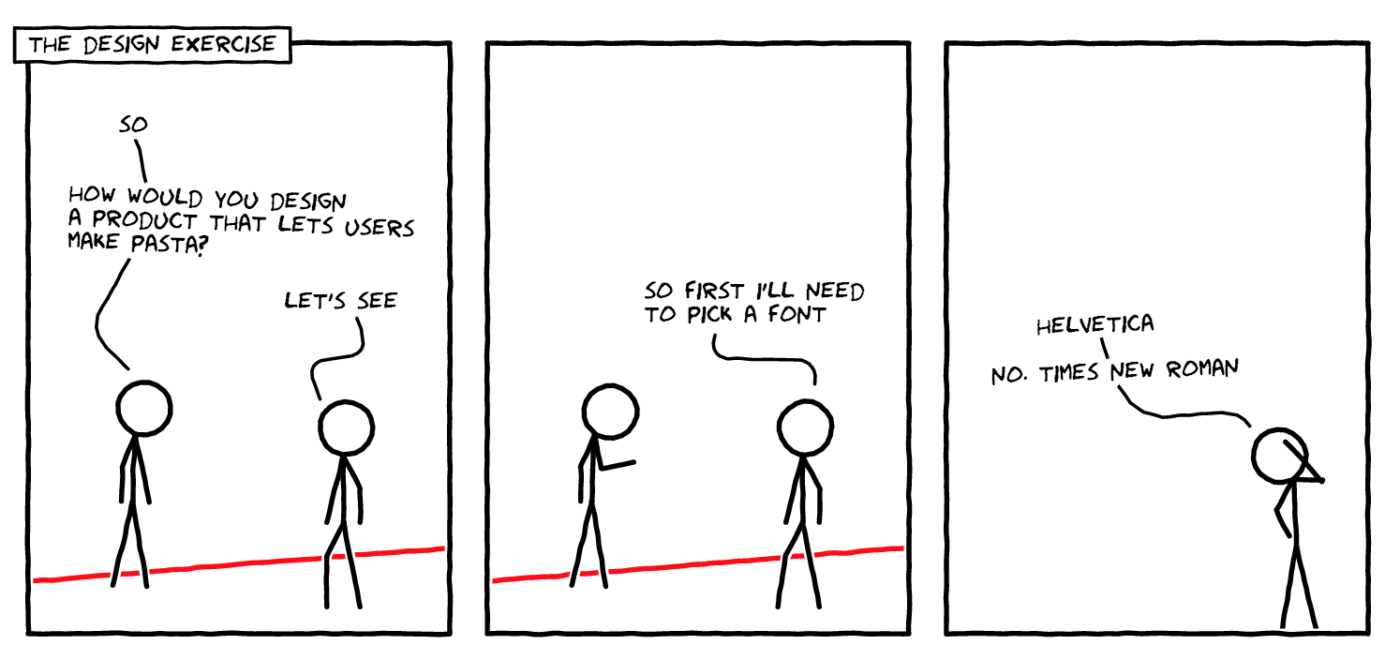Introduction to UX
August 14, 2023
Do you have an Android or an iPhone? Do you feel strongly about your choice? If you do, phrases like “it’s so much easier to use” or “it’s more intuitive” are probably very commonly said when you’re discussing your phone preference with users of the other phone. And if you don’t feel strongly about your choice, you may have also heard these phrases when a loyal Android or iPhone user is trying to convert you to their side.
These conversations display why a user’s experience of a product is important. It’s not enough for a product to be top of the line, better than the ones that came before it, or utilize the newest technological advances. A product must be tailored to its users and meet their needs.
In the past decade, the concept and practice of User Experience (UX) has changed the way we design and interact with digital products.
But what is UX?
User experience (UX) design is the systematic process of creating products that deliver valuable and suitable experiences to users. It covers the entire user journey, from product acquisition to branding, design, usability, and functionality. Its purpose is to create meaningful and impressive experiences that not only fulfil but surpass users’ expectations.
User experience encompasses not only the product itself but also how the consumer first encounters it, such as through an advertisement or tagline. UX concepts apply to both physical and digital products, involving the tangible, visual, and interfacing aspects of the product. From materials used for packaging to the shape and responsiveness of buttons, from a welcome email to colour codes of software, UX delves into the emotions evoked by the product and its overall usability.
UX design begins right from the outset of the customer’s journey and remains intertwined throughout their entire experience with the product.
Thus, a well-designed product is not only a tool to use, but a product that anticipates the user’s usability pain points and resolves them, doing so by extensive use of testing, and by basing design choices on evidence rather than opinion.
How UX is done:
The journey of a successful UX project offers various techniques and pathways, which can be condensed into four essential steps:
- Research: To start, designers dive into research to understand our users better. They gather insights into their needs and behaviours using methods like interviews, surveys, market analysis, and competitor analysis. This helps designers gain a deeper understanding of our target audience.
- Design: In the design phase, designers get creative! They use the research findings to generate ideas and bring them to life through low- and mid-level prototypes. This helps designers explore and communicate potential solutions in a visual and interactive way.
- Testing: Time to see UX in action! Designers put our design concepts to the test by gathering feedback from real users through usability testing. This helps them spot any usability issues or areas that need improvement. Designers observe users as they interact with the product or chat with them through interviews and surveys to gather their valuable opinions.
- Iteration: Time to polish things up! Designers take the insights and feedback from testing and use them to refine the design. This means making adjustments, incorporating user feedback, and improving the overall user experience. A cycle of testing, feedback, and refinement is needed to make sure the best possible product is being delivered.
How UX isn’t done:

Viability, feasibility, usability, desirability, and fun…ity
UX designers have an important job—being the voice of the customer. While their main focus is on meeting user needs, they also know the importance of finding that sweet spot between business goals and technological constraints. After all, a successful business thrives on having satisfied customers.
That’s why UX designers play a vital role in helping businesses achieve their goals. They ensure that their designs align with the objectives of the business and contribute to its overall success. This means considering important business metrics like conversion rates, revenue, and customer acquisition when crafting digital products.
The real power of UX design lies in its ability to find the ideal equilibrium between user satisfaction and business success. By achieving this delicate harmony, UX designers craft products that not only bring satisfaction to customers but also drive tangible success for the business. This collaboration generates a mutually beneficial scenario where both customers and the business find great value. It’s the magic that happens when user-centric design and business objectives align to create exceptional outcomes.
User experience is key to the success of any product. Every step of the UX process builds on the last to help you deliver the best possible product or service. Being intentional with your product design to create a positive user experience requires time, research, and care, but the benefits include successful outcomes for both the product producer and user.

